In the current climate where budgets are under pressure, one of the biggest challenges that Leaders face is how they can phase out, or update, wellbeing resources that no longer serve their purpose without employees feeling like support is being taken away.
In fact, this was a question that one of our Leaders Club members came to us with, which prompted a rich conversation on LinkedIn (for more about joining our Leaders Club, see here).
Below, we’ve summarised some of the most useful perspectives and strategies that were shared.
Make clear why updating resources is necessary
First, it’s worth communicating to employees that resources that were relevant a few years ago may no longer be fit for purpose, holding onto them “just in case” can dilute impact and make it harder for employees to navigate the current support landscape.
Streamlining services, in other words, isn’t about reducing care — it’s about increasing clarity and relevance.
But how can this be done in a way that is seen not as a loss, but as a step forward?
Start with strategy and data
Dr Jo Burrell, Cofounder of Ultimate Resilience, emphasises the importance of grounding decisions in evidence:
“if you’re delivering a wellbeing initiative, you should be evaluating its effectiveness. That data can then be used to drive your strategy.”
This point is echoed by Karl Bennett, Wellbeing Adviser of Perkbox Vivup and Chair of EAPA and UK Chair of EAPA, who advises organisations to revisit the original purpose of their wellbeing services and ask two key questions:
- has the wellbeing resource had an impact?
- what has engagement looked like?
“If it has no impact and people aren’t using it, be honest with people and say just that,” he says. “Employers need to be brave.”
However, as was raised during a Leaders’ Club meeting, low usage doesn’t always equate to low impact. For some services, a small number of users may experience a significant positive change — which means measuring success requires more nuance than just numbers alone.
Don’t just track usage — understand engagement
There’s a difference between usage and engagement.
As Bennett says:
“High usage of an EAP can suggest a lack of proactive wellbeing support. High engagement, however, can indicate employees understand the service and are using it to support their wellbeing before crises arise.”
But how do you know the difference in usage types?
To truly assess value, organisations need to dig deeper and more meaningfully into the data and ask:
Are employees aware of the service?
Do they understand its purpose?
Do line managers advocate for it?
These are the kinds of questions that can uncover whether a service has simply flown under the radar, rather than fallen short.
Communicate the “Why” – clearly and honestly
No matter how strategic your decision, communication is everything. Debra Corey, Founder of Step It Up HR, puts it simply:
“it all starts with explaining the why.”
Employees might not love the change, but they’re more likely to respect and understand it if they know the rationale.
This idea of effective storytelling is echoed by Rewards Consultant Jane Vivier:
“Explain the change, the need for change, why the new world is better.”
Where possible, she suggests offering the outgoing benefit as a flexible, opt-in option — giving employees choice, and the feeling of being listened to, while still moving forward.
Amanda Moore, Senior Director, Reward, Performance & Analytics at Beyond ONE, sums it up perfectly saying:
“Frame changes around growth, relevance, and impact. We’re not taking something away — we’re making space for what matters most now.”
Share the data, share the process
Transparency is key. Don’t just say the change is strategic — show how you got there.
Claire Haley, Workplace Wellbeing Manager, recommends aligning the messaging with the organisation’s current wellbeing strategy and evolving priorities:
“Most important is to demonstrate understanding of the evolving needs of the workforce, including any available data insights that have scaffolded decisions.”
Moore adds that bringing employees into the process early makes a big difference:
“Be transparent about the insights that shaped the shift. Share the data!”
Co-create the future with employees
Moore says that “cocreation” with employees is “very underrated” but very powerful.
From employee resource groups to internal champions, involving employees in shaping and testing new solutions builds ownership and trust.
As Moore has seen firsthand:
“when people feel heard and see the ‘why’ behind the change, they’re much more likely to view it as a positive evolution rather than a loss.”
From employee resource groups to internal champions, involving employees in shaping and testing new solutions builds ownership and trust.
Echoing this sentiment, Claire Walsh, Health, Wellbeing and Injury Prevention Manager, UK & International, BAE Systems, suggests:
“Engaging with employee groups through consultation forums is a good approach. For example, Trade Union colleagues can be a massive asset in this area. It should always be about evolution, not revolution. As employee demographics and business needs change along with the organisation and external factors, a needs assessment is a great place to start — comparing what you have against what you need, then selling the benefits of the change!”
This approach ensures wellbeing changes are not just top-down directives but shaped through meaningful, representative input.
Test, train, and tell the story
To smooth the rollout of any new or updated offer, a multi-pronged approach is recommended:
- Pilot the changes with a small group and gather testimonials
- Equip line managers to have confident conversations about the rationale
- Leverage champions and ERGs to build credibility and share peer-driven stories
This storytelling approach also helps maintain a sense of continuity — showing how the new support builds on what came before, rather than replacing it entirely.
Keep it human
Finally, don’t underestimate the emotional impact of change — especially when it comes to support services.
As Communications Specialist Michelle Okwudiafor, who has a background particularly in engaging employees from under-represented backgrounds, advises:
“Frame your message as an evolution, not a cut. For example: ‘We’re refreshing our wellbeing offer to better meet your needs.’”
Every decision and every communication should reflect empathy, transparency, and a genuine desire to support people better.
A new chapter, not a closed book
When decisions are based on evidence, shaped by employee voice, aligned to strategy, and communicated with clarity, they become a sign of progress — not retreat.
The best transitions combine rigour and empathy, data and dialogue. And, as the experiences shared by our community of wellbeing leaders show, they offer a real opportunity to re-energise your support, re-engage your people and write the next chapter of your wellbeing strategy together.
You might also like:











